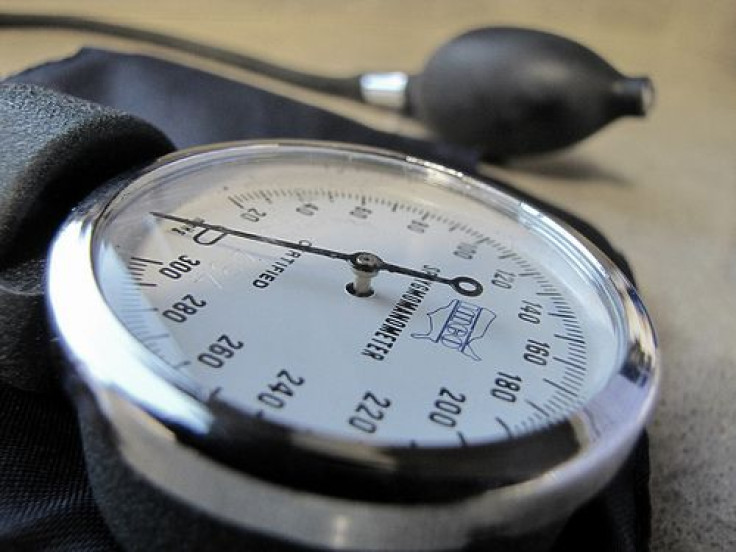Pay-For-Performance Programs Incentivize Doctors To Treat High Blood Pressure Better, More Often

Modest monetary incentives could result in significant improvements in the way physicians treat patients suffering from high blood pressure, finds a recent study published in the Journal of the American Medical Association.
Dr. Laura Petersen from Baylor University led a multi-year study at 12 Veterans Affairs hospital-based outpatient clinics and found that pay-for-performance incentive structures led to an 8.36 percent increase in the number of patients treated correctly and effectively for hypertension. Petersen and her colleagues conducted the study against a backdrop where high blood pressure is rarely, if inadequately, controlled in the United States. Roughly one in three American adults has high blood pressure, but despite the disease’s overwhelming prevalence, only 47 percent of sufferers have their hypertension under control, according to the Centers for Disease Control and Prevention.
“Despite compelling evidence of the benefits of treatment and well-accepted guidelines for treatment, hypertension is controlled in less than one-half of United States citizens,” the researchers write. “This randomized controlled trial tests whether explicit financial incentives promote the translation of guideline-recommended care for hypertension into clinical practice and improve blood pressure control in the primary care setting.”
The team recruited 83 physicians and 42 other healthcare personnel for their study. Physician performance was evaluated against the patient’s end blood pressure (i.e. whether it fell in an acceptable range), how the physician handled a patient’s uncontrolled blood pressure, or whether the medications prescribed to the patient met the guidelines of the Seventh Report of the Joint National Committee on Prevention, Detection, Evaluation, and Treatment of High Blood Pressure.
Physicians were also split into several measuring groups. The incentives, which came from directors of participating hospital regions and totaled $250,000, were split among individual physicians, practices, and physician plus practice performance. Individual performance increased onvr the incentive plan was put into place; on the other hand, the other two categories saw no significant gains. Physicians and practices received payments every four months, for five periods. Individual doctors earned $2,672; groups earned $4,270; practices earned $1,648.
"This is not a panacea for everything that is wrong in health care, but it can have a significant effect in improving care," Petersen, who is also associate chief of staff for research at the Michael E. DeBakey VA Medical Center, said in a press release. Petersen expressed partial disappointment in the study, as the increased performance only among individuals surprised her. After the study’s end, performance stabilized back at pre-study levels.
"I really thought that if you incentivize a whole team of care — physicians, nurses, clerks, pharmacists — the effect would be powerful,” she said. “You would get everyone's incentives on the team aligned and all working better together.” On the other hand, the fact that performance clearly waned after the incentives were taken away encouraged Petersen somewhat. “If their performance had not fallen off, then we might question whether the incentives caused the effect in the first place,” she added.
Incentive-based structures of payment have been controversial for decades. Business analysts have suggested the practice actually worsens performance, as it increases focus on money and not the task at hand. What’s more, over time the incentives may become the new normal, and suddenly the motivation disappears. But Petersen stays hopeful in her mission to improve patient care.
“Pay for performance is attractive because it would be a system-wide plan that could be implemented on a wide scale. With this, we have demonstrated that you can implement this kind of program at 12 sites at one time,” Petersen said. “And we were able to show a significant effect in the VA health care system where high blood pressure is already well controlled overall."
Source: Petersen L, Urech T, Simpson K. Design, rationale, and baseline characteristics of a cluster randomized controlled trial of pay for performance for hypertension treatment: study protocol. JAMA. 2013.



























